Gully SMART supports the importation of Wincan and Minicam CCTV Surveys to provide extra information to your customers.
A CCTV drainage survey is the process of examining a pipe or drain remotely by inserting a mobile camera system which records video footage of the channel condition. CCTV drainage surveying makes it possible to inspect pipes and drains which are not suitable for in-person surveying. Video footage assists in investigation of blockages as well as in the repair of and replacement of pipes.
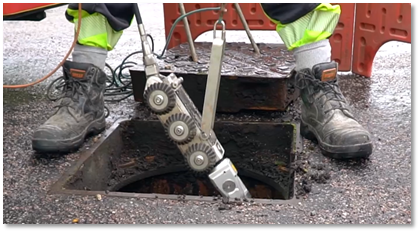
Viewing CCTV Project data on Gully SMART
In the Reports tab of the home screen, click on CCTV surveys.

This opens a separate window allowing visibility of all CCTV data currently within the system.
Click CSV export of videos which have not been uploaded to download a CSV file of videos referenced but not uploaded.
Click File space taken by videos to see the names and file sizes of all uploaded CCTV projects. This can be exported as a CSV file.

To find a specific CCTV project, you can search using the Project Name box.
Enter a date range and click Update to find specific projects uploaded within a set period.
Results can be ordered by making a selection and clicking Update:
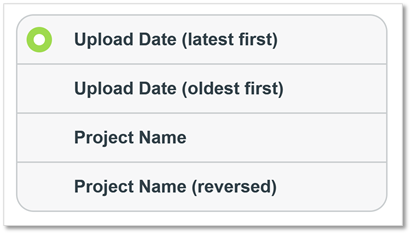
Click any project in the list to show details of that survey.
Details include the Project Name, Upload Date, and the number of survey sections. A series of CCTV surveys can be undertaken on the same road in different segments of a channel.

Videos and PDF documents can be uploaded to surveys from here.
CCTV survey information can also be deleted.
The table shows all surveys carried out as part of that project.
Click a Play icon in the Video Status column to watch the CCTV footage.
Click an Asset ID in the Channel column to display that asset on the main map screen in the other tab.
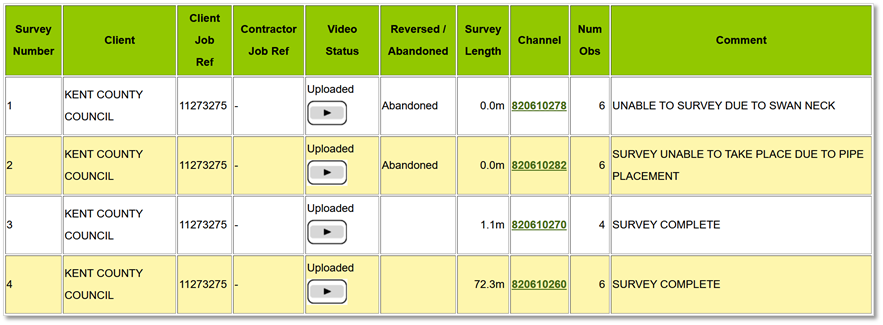
Click Close to return to the list of projects.
Importing a CCTV Survey
Click Import CCTV Survey in the Operations tab of the home screen.

Select the .XML document and click Upload file.
This will associate your WinCan survey to assets in our system and report on the matching success. It is the first step in preparing to upload CCTV footage.
On the report page you can load another survey file instead or continue to upload the videos.

A survey with any errors will have a title in red.
You can find the error description near the bottom of the survey information with *ERROR.
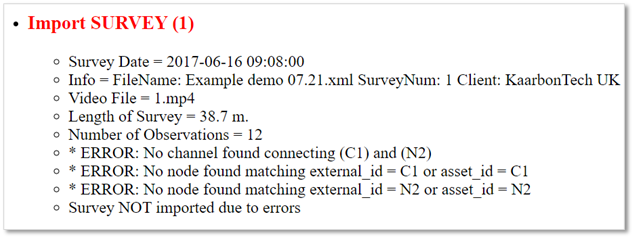
If the error is No channel found, check the asset exists on the map.
If it exists, check the pipe ends are connected (to the right channel, and correct in/out at each end). If it does not exist, use the asset IDs from the survey to locate the correct nodes. Use the Add new asset function in the Operations tab to add a connecting channel and check the pipe ends are connected.
If the error is More than one channel exists, check the map and if there are more than one pipe registered as the asset, delete one.
If the error is No node found, check that the node exists on the map and that you have used the correct reference. Make sure that there are nodes at each end of the channel. Use ghost nodes or connectors if necessary.
When all checks are complete, upload the .XML again.
Once there are no errors after uploading the .XML, proceed to upload the WinCan videos.
Click the Upload videos button.
Upload videos as MP4 files to make sure they are available quickly. Using another format will cause a long delay. Zip the videos into a zip file but make sure the file is below 1GB in size (ideally below 500MB).
When you have made your selection, click the Upload file button.
Warning
During the upload process you must keep the internet page open.
After the videos are uploaded, they will be processed. This may take several hours.
When the videos are processed, the CCTV surveys will be added to assets' Previous Records drawers.
Viewing CCTV Surveys on an Asset Page
Click on a channel asset to open its Asset Page.
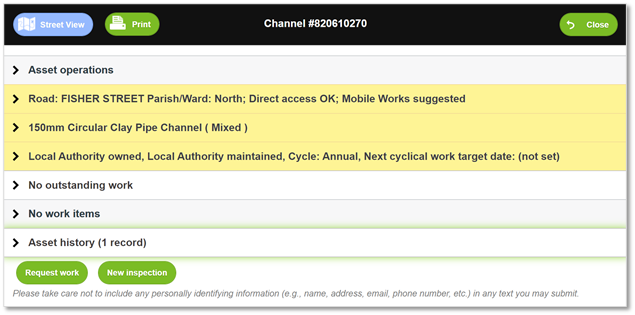
Click on Asset History to view all previous records.
CCTV records can be viewed alongside regular asset history.
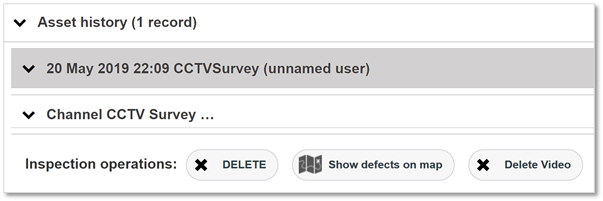
Inspection information includes its time, type, and if 'reversed' (against the channel's waterflow).
Click the enlarge screen icon to open the footage full screen.
Click the settings icon to enable a download of the video.
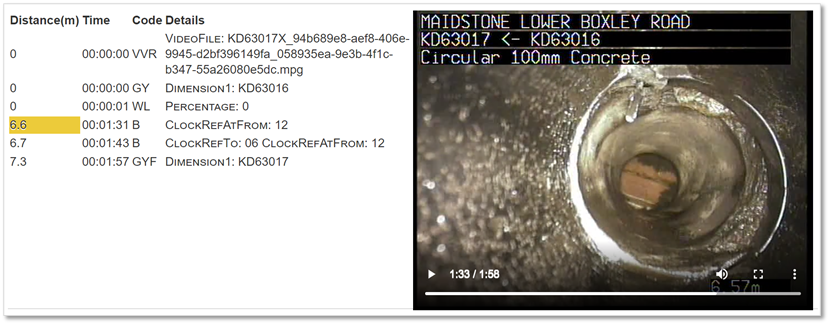
Video observations are listed alongside the CCTV footage.
The observations are highlighted when the video reaches that point.
Click on the observations to jump to that point in the video.
To see the actual location of a defect shown in the survey footage, click Show defects on map to display the location on the map. These defects will be visible in line with the OS Mastermap or aerial imagery, whichever visual layer you are using.

